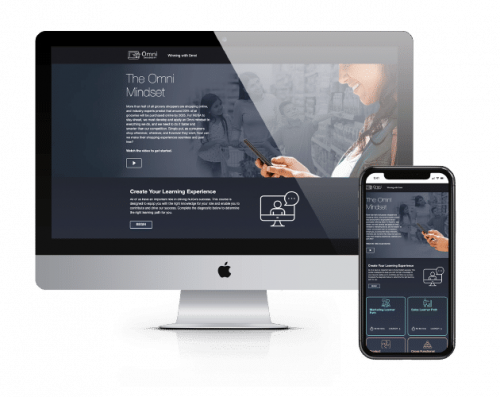 In the dynamic business environment of today, ongoing enhancement of workforce skills is paramount. Digital learning platforms have become a potent asset in this pursuit, offering adaptable, expansive, and tailored learning opportunities that address the varied requirements of today’s workforce.
In the dynamic business environment of today, ongoing enhancement of workforce skills is paramount. Digital learning platforms have become a potent asset in this pursuit, offering adaptable, expansive, and tailored learning opportunities that address the varied requirements of today’s workforce.
Here are some strategies that organizations can use to enhance workforce performance through digital learning:
1. Identify Skills Gaps
Before implementing any training or learning program, it is crucial to identify the skills gaps within your workforce. This can be done through surveys, interviews, and assessments. By identifying the areas where employees lack knowledge or proficiency, you can tailor your digital learning programs to address these specific needs.
2. Offer Personalized Learning Paths
Not all employees have the same learning style or pace. A one-size-fits-all approach may not be effective in enhancing workforce performance. With digital learning platforms, organizations can offer personalized learning paths based on individual employee needs and preferences. This ensures that employees are engaged and motivated to learn, leading to better performance.
3. Provide Bite-Sized Learning Modules
In today’s fast-paced work environment, employees may not have the time to dedicate hours to learning. By providing bite-sized learning modules, employees can access and complete training at their convenience, without disrupting their work responsibilities. This also allows for more frequent and targeted learning opportunities that are easier to retain.
4. Encourage Continuous Learning
Learning should not be a one-time event but an ongoing process. Organizations can foster a culture of continuous learning by providing access to digital learning platforms and encouraging employees to regularly engage in self-directed learning. This will ensure that employees are constantly updating their skills and knowledge, leading to improved performance.
5. Utilize Gamification Techniques
Gamification is the use of game elements, such as points, levels, and rewards, in non-game settings. By incorporating gamification techniques into digital learning programs, organizations can make the learning experience more engaging and interactive. This can motivate employees to participate and complete training, leading to enhanced performance.
6. Integrate Social Learning
Social learning involves using social media platforms or collaboration tools to facilitate learning and knowledge sharing among employees. By incorporating social learning into digital learning programs, organizations can encourage peer-to-peer learning, improve communication and collaboration skills, and foster a sense of community within the workforce.
7. Measure and Track Progress
It is essential to measure the effectiveness of digital learning programs in enhancing workforce performance. This can be done through various methods, such as surveys, assessments, and tracking software. By regularly monitoring progress and gathering feedback from employees, organizations can make necessary adjustments to improve the effectiveness of their digital learning initiatives.
The Future of Workforce Development
Looking ahead, digital learning platforms are set to remain vital for workforce development. Keeping up with new technologies and teaching methods will be crucial to fully harnessing the power of digital learning.
-
The Role of Emerging Technologies
Advanced technologies such as virtual and augmented reality, AI, and machine learning are set to enhance the capabilities of digital learning platforms. These advancements have the potential to enhance the immersive, personalized, and efficient aspects of learning experiences.
Conclusion
E-learning solutions are a potent strategy for boosting workforce performance in the digital age. By providing adaptable, tailored, and captivating learning experiences, these solutions enhance skills and knowledge while cultivating a culture of ongoing growth and creativity. As businesses navigate the intricate modern landscape, digital learning platforms will remain a crucial asset in their workforce development toolkit.






